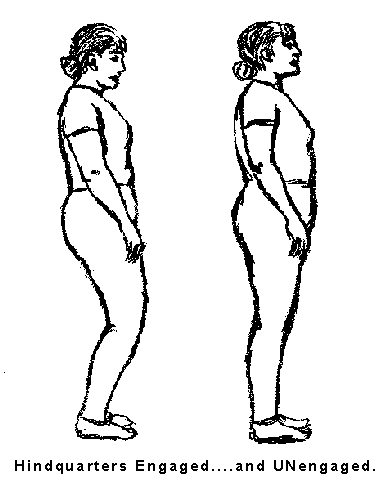
Treating Founder (Chronic Laminitis) without Horseshoes, Section 19
The importance of collection when riding a foundered horse again
(Version with full-sized photos)
Bringing back a foundered horse and riding him again requires some special considerations:
1. Avoiding undue concussion: Riding on non-concussive ground, and sticking to mainly walking, because it is less concussive, is important when the new, stronger laminae are not grown all the way down yet to restore a stronger, more normal suspension of the coffin bone.
2. Riding in small circles and sharp turns should be avoided before the coffin bone is more strongly suspended, as these maneuvers stress the laminae more.
3. Removable horse boots, ideally Horsneakers, reduce concussion and enable the horse to be ridden comfortably on hard or rocky ground much sooner than would be otherwise possible. (Horsneaker info: 520-455-5164.)
4. Since most founder involves primarily the front feet, anything that prevents the horse from being "heavy on the forehand" will be beneficial, both for bringing a horse back after he has foundered, and for preventing road founder in the first place. In other words, COLLECTION is even more important to a recovering foundered horse than to other horses.
De-mystifying COLLECTION
When I began riding, I heard "collection" referred to often. I frankly did not understand what it was. I had riding instructors urging me to "engage the hindquarters," when I was not sure what they really meant. I wish someone had explained these things to me in plain English from the very start! Because these issues are especially important when easing foundered horses back into being ridden again, I am going to discuss them now. This is an attempt to explain collection in terms that are actually understandable, instead of vague abstractions.

The standing human equivalent of "unengaged hindquarters" is a person standing, straight-kneed and sway-backed. The neck is slightly "ewe-necked" when the back is more swayed and the shoulders are thrown back. This is a natural, relaxed position, but it makes effective athletic endeavor impossible.
The standing human equivalent of "engaged hindquarters" is a person standing, knees (stifles) and ankles (hocks) bent more than usual, the back straighter and their butt tucked under more. This is the position you see in almost all the martial arts, for instance. It requires more effort, but it is absolutely necessary to be in this position to box effectively, for instance. You never see boxers walking around straight-kneed and sway-backed during a bout. Along with the butt tucking under and the lower back straightening, the neck and head drop forward slightly to remain in balance, and to follow the lead of the upper back.
To translate the human equivalent even better to horses, you need to get down on all fours. (Getting down on all fours yields much other interesting information as well, such as how differently you have to hold your body to do the different gaits. I found that doing walk, trot, canter and 2-beat pace on all fours each required very different postures. It was most enlightening!)
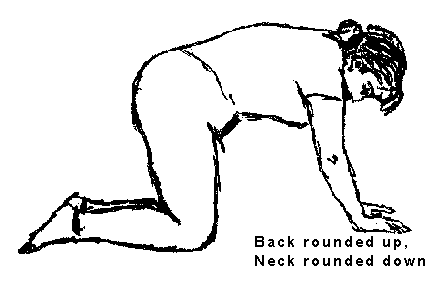
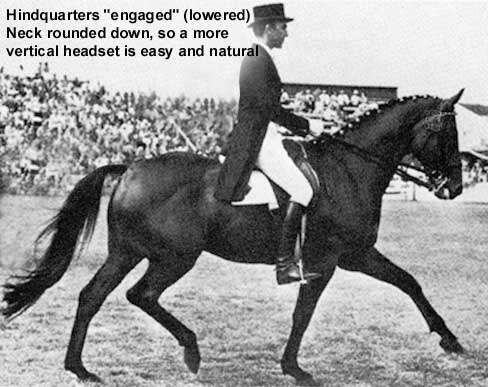
When you raise your lower back up, making it less swayed, and tuck your butt more under, your shoulders become relatively higher than they were, and your head and neck drop effortlessly. This is the equivalent of the collected horse; his butt is tucked under, his hocks and stifles are more bent, his neck rounds down naturally and his head faces down comfortably. Further, more weight is shifted onto the hind legs. For a foundered horse, this is a good thing!
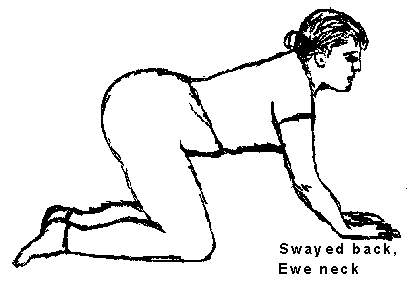
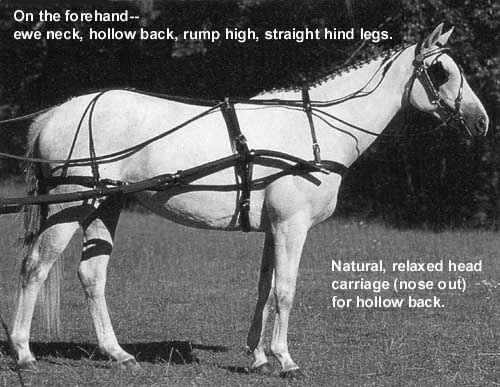
The human equivalent of an uncollected horse, or one heavy on the forehand, is a human on all fours with a swayed back, straighter knees and ankles, resulting in the butt higher than the shoulders and the head looking up and the neck thrown up and back—a ewe-necked position. Relatively more weight is shifted onto the front legs.
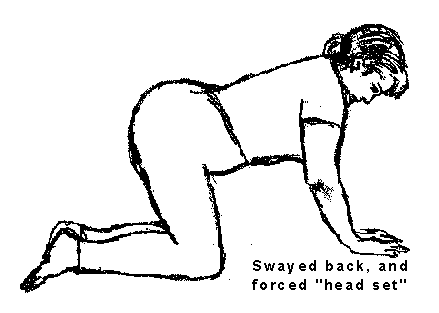
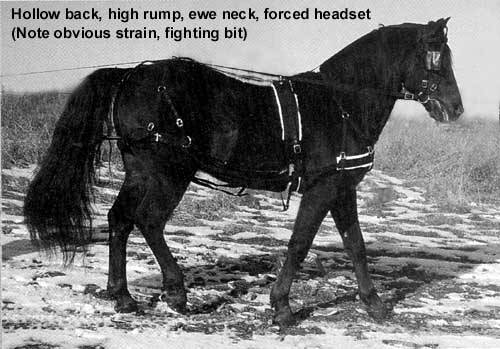
Where so many riders err is in insisting on one of the effects of collection, the neck rounded down and the vertical headset, without the rest of the picture following suit. In other words, the butt is pointed up to the sky, the hind legs are pretty straight, the back is swayed, yet the head is forced down with the reins. If you get down on all fours yourself and actually try this, you will feel a great deal of PAIN and tension.
At one point, I was practicing body work on the dressage drill team horses at a barn where I was taking lessons. Some of these horses were so sore that I had to spray them with liniment and then leave them a while in the cross ties before I could even begin to handle them safely. They were all sore in the very same areas where it will hurt you when you get down on all fours, sway your back, and then try to force your head and neck to "round down." I soon decided I did not want to try for a vertical headset at all times! Yet how often do you see horses being ridden, with their faces being held by the bit and reins into a vertical position, when their backs are sunken and their butts are pointing up to the sky? This puts more weight on the front feet, which in the case of the foundered horse, is exactly what you don’t want. (Another reason the horses I was massaging were so sore, though, was that they were inactive most of the time, interspersed with brief periods of intense exercise. They were confined to stalls when they weren't worked. No human athlete in his right mind would precede an hour of gymnastics with 23 hours of bedrest a day.)
At any rate, I do believe that anything that induces pain will work against the horse being able to collect. Pain from these important sources will encourage a horse to go heavier on the fore-hand, and be harder on his foundered front feet:
Further, with a horse who foundered in the recent past, the kind of tight turns and bending exercises that help encourage collection are not advisable because tight turns over-stress already weakened laminae until the new, stronger laminae grow down far enough to restore a more normal, stronger connection. Up and down transitions, another means to encourage collection, are OK, though. But with one less mean to encourage collection--bending and tight turns--you at least want to not prevent collection with the other barriers I am talking about here.
Bits and Reins
Constant contact with any bit that inflicts serious pain (like most curb bits) will cause a horse to brace against it, resulting in a ewe-necked position. This bulged neck, in turn, encourages a swayed back, which results in the butt pointed at the sky, straighter hind legs, and more weight on the front legs. Try this yourself when you have a bit in your mouth that someone is pulling on. When you brace against the bit, you neck will bulge out in the front; a relaxed dropping of your head ("yielding to the bit") is impossible if you are anticipating the next bout of pain.
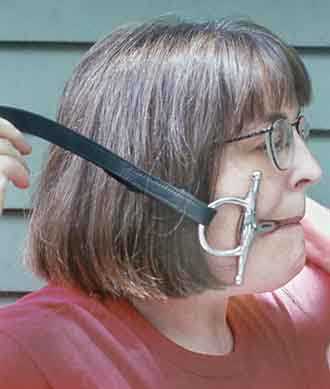
(I was as uncomfortable as I looked!)
I feel there is no substitute for actually putting a bit in your mouth yourself. I was startled at what an uneven signal I got from a jointed full-cheek snaffle pony bit in my mouth. The half of the joint that was perpendicular to my tongue hit my teeth a lot quicker and harder, from a sideways pull, than the half on the other side that was parallel to my tongue. Even if I did not have teeth, but merely "bars" (toothless stretches of jaw), the signal would come faster and harder on one side. For this reason, I think the French link snaffle is a superior design. It gives an equal signal on both sides.
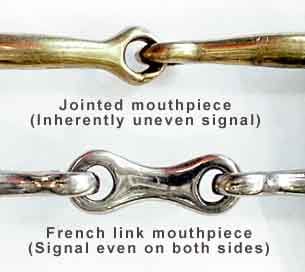
What was also very enlightening about having a bit in my mouth—I could almost feel the "rider’s" pulse through the reins. I could feel just everything! A connection this sensitive deserves as much delicacy as we can muster. Until you actually feel rein actions with a bit in your own mouth, you have no idea what an intimate connection it really is. We can theoretically understand it, but there is nothing quite like feeling it directly.
I also got away from using curbs. I used to think I needed their allegedly superior stopping power. To my surprise, I found my horse stopped better from a one-rein stop in a full-cheek snaffle, with less pain and abuse being involved. I also used to have problems with my mule ripping the rope out of my hands when I led from the ground with a halter. When I hooked the lead line up to one side of a full-cheek snaffle, though, I had vastly better control. It spun him around, not through inflicting pain, but by superior leverage—the pull came from further out towards the end of his nose than a halter. This may seem a small point in theory, but in actual practice, those few inches of extra leverage made a huge difference. I could spin him around with this even when I was standing on slippery mud. This is the same mule who pulled a big, strong man off his feet and dragged him along the road on his belly as he was hanging onto a lariat--at a full gallop. The lariat inflicts considerable pain, and has a choking action, but has much less lateral leverage.
There are also some compelling reasons to consider riding without a bit. Dr. Robert Cook, Professor Emeritus of Surgery at Tufts University, who specializes in equine ear, nose, mouth and throat problems, has an interesting web site on the subject: www.bitlessbridle.com
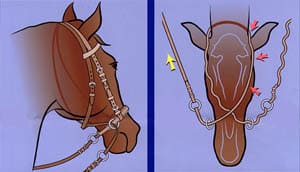
Bitless Bridle Dr. Cook advocates
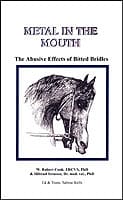
Dr. Cook's book available now! Click HERE
Dr. Cook has many disagreements with using bits from a physiological point of view. He goes into the physiology in detail on his site. He also feels the bitless bridle he makes available is a more humane, yet effective means of control. I have been hearing from friends who like it, and feel it gives a surprising amount of control, eliminates many problems and vices, etc. Many have been really surprised at the improvements in horses' attitudes and self-carriage. ARTICLE by Dr. Cook explaining the physiological reasons how bits adversely effect a horse.
Another Source for Bitless Bridles--
You can have them made up custom very reasonably at this Amish tack shop. They were willing to make one custom for my draft mule; several requests to Dr. Cook to have one made for my mule got nowhere because he was too big for their warmblood size. Leid's has copied the original, and does a nice job.
Leid Shoes and Saddlery, 690 Kohler Rd., Kutztown, PA 19530
Phone: 610-682-2760 (ask for Alta)
(Helpful measurements to have for ordering this:
1. Circumference of nose 2" above the corners of the mouth.
2. From center of poll to the corner of the mouth.
3. From one corner of the mouth, over the top of the nose, to the other corner of the mouth.)
Rider Position too far back
It may be counter-intuitive to sit further forward to take weight off the front legs. However, if you get down on all fours and try it yourself with a child sitting on your back, it will make more sense. When the child is sitting further forward, you are better able to round the small of your back up. This is part of what you need to do to lower your butt, which actually lightens the load on the front. When the child is sitting further back on the small of your back—the weakest part—it is much harder to round your back up so you can "collect." So you have a swayed back, butt pointing to the sky, and more weight shifted to your front end….putting you "on the forehand."
Any saddle that sits you too far back has the same effect. Unfortunately, most Western saddles with built-up fronts do this. The Monte Foreman "Balanced Ride" Western saddles put you further ahead in a more balanced position. The flat-seat saddles used in saddleseat classes are extreme examples of rearward placement.
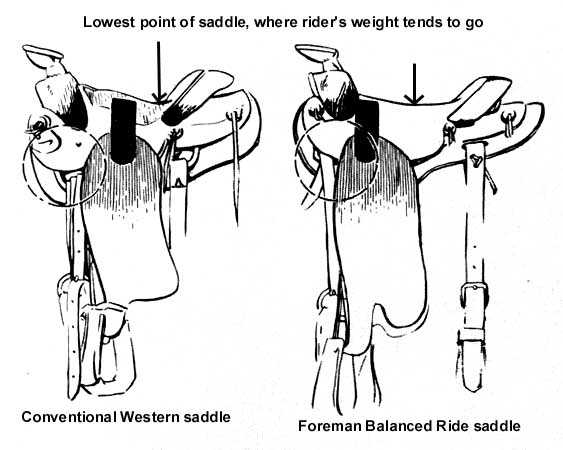
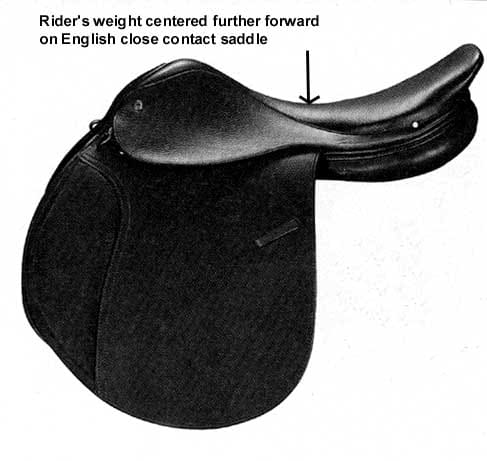
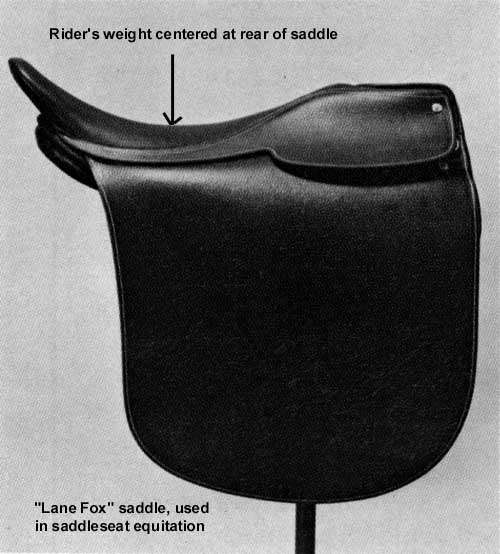
Poor rider position can also have the net effect of sliding your weight rear-wards--riding hunched over, in a semi-fetal position, tends to shove your butt out behind you. Sitting up with an open chest and rolling your butt under you not only is more secure, but slides your weight forward where the horse may more easily carry you.
Poor Saddle fit
However, otherwise well-designed English and Australian saddles will also put you too far back if they are too narrow for the horse in the front. This makes them sit higher in the front and lower in the back, sliding you back onto the cantle and into the "water-ski position," where your feet are out in front of you instead of under you. This, in turn, encourages a sway-backed posture in the horse, which puts more weight on his front feet. Sitting the canter is rougher sitting this far back as well.
A common fix for a saddle dropping down in the back because of a too-narrow tree is to use a "lollipop pad." This is an ineffective arrangement, and the points of the tree are still digging into the shoulders, no matter how many pads you stack on. A better solution is to have the tree widened.
If the tree is too wide, though, it can make the front of the tree dig because the saddle is tilted down in the front. I have a personal experience with this! When I was taking lessons, they put me on a skinny Thoroughbred. He was bolting all over the arena; it was truly hair-raising. Yet he was sweet and calm the moment I got off. When I pulled his saddle off, I was shocked to see a 1" diameter blister on his prominent withers where the pommel had been banging into him with every stride. My curiosity aroused, I tried on all the saddles in the tack room without any pads, to see if any of them cleared his withers. Not a one did. Stacking on more saddle pads will not solve this problem. It didn't in his case!
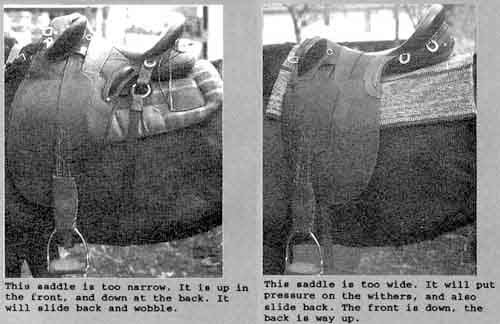
From the Australian Stock Saddle Co. in Malibu, CA
(They also do custom saddle fitting)
I have another saddle fit story about a skinny Thoroughbred. A friend "rescued" a nice gelding, but was telling me over the phone that he was so weak, he collapsed under the "weight" of the saddle when they saddled him up….and that maybe he was so bad off that euthanasia would be the kinder thing to do. When I went over, I found out that he had collapsed in agony when they girthed him up with a Western saddle, which had enough wither clearance for a stocky Quarter Horse, but certainly not enough for him. I brought Valerie with me, who is a very light rider, a full-cheek snaffle and a well-stuffed Australian saddle. First, to prove he could carry at least 100 pounds, much less a saddle, I asked Valerie to ride him bareback in the curb bit they had been using on him. He was moving around, all right, but weirdly. His gaits were all scrambled up, he traveled diagonally when asked to go straight, he was going ewe-necked and tossing his head, etc. It was not a pretty sight. I am convinced that the discomfort of the rider’s bones grinding into his bones, plus a severe bit, had him thoroughly agitated. Next, we put on a full-cheek snaffle, and a well-stuffed Aussie with lots of wither and spine clearance. I had to stuff in a bunch of shims in the front to balance it. I tested for spine and wither clearance by pulling a thick rope through the air chamber over his spine with no saddle pads on, to be sure there were no contact points. When I girthed him up, he was really agitated, expecting the worst, but clearly surprised when it did not hurt. Valerie got back on. Despite the additional weight of the saddle, now he was moving freely, all paces in good form, and his neck rounded down into a lovely carriage, because his back was comfortable and he was no longer fearing the bit. Next his owner got in, and despite her fears that he could not carry 150 pounds, if anything, he moved too fast and fluidly for her—she was used to "dead-heads." The horse handled her 190-pound husband as well. So—it is not bearing weight that was as big a problem as pressure points causing pain from either a rider’s seat bones, or ill-fitting saddles, plus a harsh bit.
One way to check for back shape, and compare it to your saddle’s shape, is to use the Saddletech gauge. They also have a pressure-sensitive saddle pad hooked up to a computer that maps degrees of pressure under the saddle. There is a web site with some interesting info, and they can refer you to people who do high-tech saddle fitting: http://www.saddletech.com
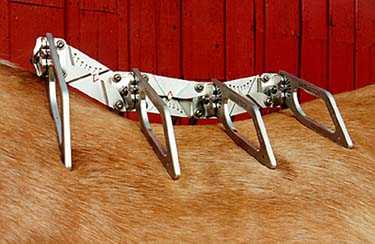
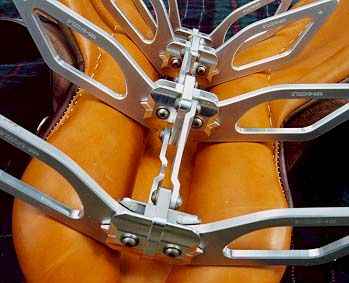
A more economical way to make molds of your horse's back is the Equimeasure system. You heat up a special plastic sheet at 180 degrees F. for 15 minutes in your kitchen stove's oven, put it into its insulated box, and you have up to 40 minutes to put it on your horse's back. After it is on the horse's back for 5 minutes, it cools enough to harden. It may be re-used a few times. For more info: http://www.equimeasure.com/ This certainly is less trouble than the plaster of Paris mess I tried to get a mold of Max's back with once. I was pleasantly surprised that it didn't seem to bother the horses I tried it on.
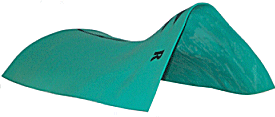
Equimeasure sheet is originally flat;
here is a mold made from it.
"Treeless" saddles for more flexibility to fit more horses' backs
For really long hours in the saddle, or for heavier riders, you may do better with a treed saddle--IF IT FITS. I have been getting reports of hair rubbing off, or sore spots from pressure points, after really long rides. Martha Olivo, who rode 1000 miles on her horse, Cisco, 20 miles a day, found she had to quit using the Rebecca saddle she was using because of these issues. I have been getting reports back of problems with treeless saddles, though, from people who put long hours in riding every day, or who are very heavy riders. A treeless saddle will also not work for roping or jumping large jumps. For the average casual rider, though, treeless saddles can be a good choice.
Treeless saddles are also more likely to turn than a treed saddle. This is another negative to consider before opting for a treeless saddle.
Although many people have been lead to believe that Orthoflex saddles are flexible, they have flexible panels attached to a hard tree. They will not fit as large a variety of backs as a treeless or half-tree saddle will. These designs will actually move with the horse as he alternately rounds and drops his back.
This is especially interesting for donkey and mule owners, as most horse saddles have bars that have entirely too much sway for longears' very straight backs. To put a saddle on a mule like this is a lot like strapping a rocking chair onto a flat floor—it is unstable, and has pressure points in the center of the bars. Saddles with conventional trees put dry marks under the centers of the bars of the sweat pattern on my mule's back--not a very good sign!
Another plus is that these designs tend to be very close contact. The trade-off is that they are a little more likely to turn on a horse than a fixed tree saddle.
This section of my web site will show a small sampling of what some companies are offering in more flexible saddle construction. They all offer more models than I show here.
BALANCE International, located in England, makes saddles with no trees, "pointless trees," and more conventional trees. I have seen the "pointless tree" model, which has a very wide tree, and a lot of shims that can be added or subtracted to the padding system, which stick on with velcro. This saddle has a lot of adjustment options built in, and the owner said her horse made it very clear he felt freer in this than he had in any other saddle they had used before. For more info:
http://www.BALANCEinternational.com
My article on BALANCE saddles
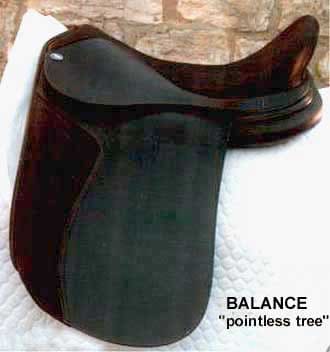
BALANCE "pointless tree" dressage saddle.
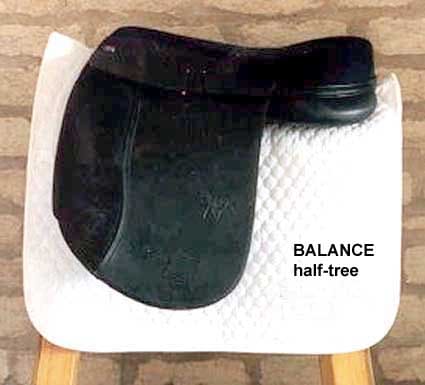
BALANCE Int. half-tree dressage saddle.
There are other "treeless" saddles available from other companies as well--the Ansur, the SoftRide, Icelandic brands, and the Bob Marshall Sport Saddles. Circle Y makes a copy of the Bob Marshall trail riding model, but you can get more models, sizes and modifications from Bob Marshall Sport Saddles directly.
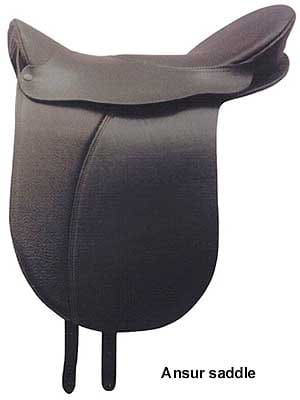
Ansur treeless dressage saddle.
More info: www.ansursaddle.com
The Bob Marshall saddles are not truly treeless--they have a wooden pommel and cantle tree, but no bars, which takes weight off the pommel and cantle trees. You sit between the trees. They have an endurance saddle, which runs a little wider for the horse and roomier for the rider, than their other Western models. These are not as costly as the Balance Int. and Ansur saddles. Martha Olivo has something similar to the trail model below, and likes how it fits such a variety of backs. For more info: www.sportsaddle.com
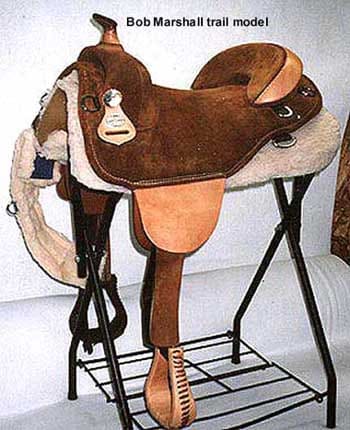
Bob Marshall Sport Saddle trail model. Suede seat.
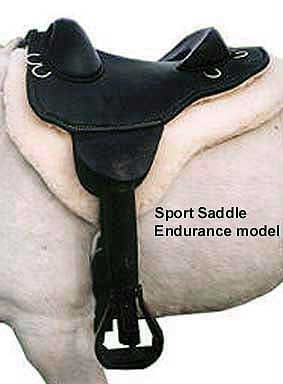
Sport Saddle Endurance model. There is also a treeless saddle made by Underwood Enterprises, one of the more reasonably priced of the treeless saddles listed here. Kind of a flexible McClellan. The pommel and cantle are somewhat flexible, unlike the Bob Marshall and Circle Y "treeless" saddles where these tree parts are made of wood. www.rebeccatreelesssaddles.com There is a long wait time for these saddles--can be over a year. All are made by hand by true craftsmen; they won't farm out sewing, etc., to just anybody. Softride saddle--McClellan version Martha Olivo with her 'Australian' model Softride. The pommel and cantle are not filled with wooden forms, like the Bob Marshalls and Torsion saddles, but are stuffed with hard-packed stuffing. You would think that they would turn readily, but it felt pretty good when I tried Martha's saddle on my Rio. However, when she took it on her trans-America ride, it did not work out for 20 miles a day in the saddle (plus gear) because pressure points developed under her seatbones. For lighter use, and lighter riders, treeless is a viable approach. While the makers of the Softride saddles do endurance riding with them, this may not work out as well for heavier riders. The young Morgan in the photo with Martha had never been ridden before. She took him out in a group trail ride, and things went really well. She feels one reason for this is that she was using humane tack, so the horse did not have anything hurting or inhibiting movement. Another reason, of course, is that they were in a group of horses. Things went really quite well. Torsion saddles--There is an Italian-made treeless saddle available from distributors in several countries, which has a wooden pommel and cantle as well, but no bars....some similarities to the Bob Marshall saddles. (The only exception is the Bora model, which I understand has a stuffed pommel and cantle in lieu of wooden inserts, which is similar to the Softride saddle's construction.) Most take English stirrup leathers, although they do sell fenders for their endurance models. Western girth rigging or dressage girth billets. D-rings for breast plate, crupper and gear. Knee blocks available on some models. Good on wide, mutton-withered horses. Mostly 15" and 16" seat sizes, and a smaller model for children, but some larger seat sizes (17"-19") available in some models. (While I am not 100% sure about this, a 16" Torsion may be equivalent to a 17" English saddle, or a 15" Western.) The Trekking and version is also lined with leather, and has more padding, more D-rings for gear, and knee blocks. The Torsion design was based on the Bardella saddle used by Maremma shepherds in Grossetto, Italy. It was the first Italian treeless saddle. It consisted of wood parts ahead and behind, as well as two saddle pillows to the right and left of the spinal column, filled with straw. Torsion distributors: Torsion saddles--more info: www.torsion-sattel.de/ Caution! "Treeless" saddles don't automatically fit every back out there! These are the wooden inserts from a Torsion saddle on my Rio, a thin, high-withered horse...not a good fit! He did fine in the Rebecca Underwood Softride saddle, though. If stirrups are mounted on D-rings, as the Torsion saddle stirrups are mounted, instead of traditional English bars that release, I would be in favor of either hooded stirrups or Peacock stirrups to prevent getting dragged in an accident. A couple sources for good hooded stirrups: www.gotreeless.com and http://www.easycareinc.com/Other_Products/E-Z_Ride_Stirrups.aspx. To the right, a similar stirrup with tapaderos. Tapaderos not only keep your foot from going through the stirrup, they also protect your feet from brush and keep you warmer on cold days. From Nickers Saddlery in Canada, http://www3.telus.net/nickers/samples.html Another Nickers treeless saddle dealer: http://www.ridetreeless.com/ "Freedom" treeless dressage saddle from Enlightened Equitation, which also makes some treed models. I recommend Skito Equalizer saddle pads for treeless saddles. Skito pads can give you more spine and wither clearance. When we first put a Torsion saddle with a Skito pad on my horse, Max, early in 2002, he was so eager to go! So the saddle and pad must have felt really good to him. Getting the Skito pads directly from the maker, as opposed to a dealer, will enable you to get more custom modifications, and the exact pad you need for the size and style of saddle you have. These pads have rather firm memory foam shims, and you need to tighten the girth in stages as it molds to the horse's back. You will have to girth up tighter than you normally do or the saddle could turn. Skito pads can get too stiff if they get cold; keep them inside during the winter. Pads that are thick only where needed, under the seat, allow closer leg contact. Click HERE for more info on Skito pads More pads, which also have a channel over the spine between two removable pads in pockets: http://www.gotreeless.com/medicheval.htm Wider, formed girths tend to work better with treeless saddles in terms of the saddles turning less. By 'formed,' I mean wider in the middle than behind the elbows. Some of these girths (the Luna models) are shaped to accommodate pregnant mares' bigger bellies with the center of the girth further forward than the ends; they are subtly crescent-shaped. However, treeless saddles DO tend to turn more than treed saddles. The Rewards of Humane Tack! Here is a photo of Teresa Jessee, showing how comfortable tack enables a horse to round his back up more readily, resulting in a nice headset. Tyler, Teresa's TB cross gelding, is offering a lovely headset voluntarily...because he is comfortable enough to do it! Even with a heavy rider, and no rein contact "asking" for collection, he is just offering it. Teresa has had rheumatoid arthritis since the age of 10, and would have a hard time keeping a horse driven up into the bit with leg aids, anyway. Tyler is in a Bob Marshall Sport Saddle with an additional felt pad, and one of Dr. Cook's bitless bridles. Teresa especially was impressed with how much calmer he became when she switched to a bitless bridle. He no longer is as high-headed, or braced against pain from a bit. I rode him as well, and he was very light in it. He also is wearing Horsneakers on his fores in this photo. Better trimming that she learned at some Martha Olivo clinics also enables Tyler to hold himself better. She has also hosted a Strasser clinic. Later, however, she did tell me that Tyler was getting sore under her seatbones because there was no tree to spread the weight out further. For this reason, she got away from using a treeless saddle. She feels treeless might be OK for lighter riders, but not as good for heavier riders. The last piece of the collection puzzle--correct hoof form: Incorrect hoof form, with high heels, and overlaid bars creating heel pain...make it much more difficult for a horse to collect himself. A horse with high heels, and/or heel pain, stands much more tense. The horse below had his conformation changed dramatically for the better by improving his hoof form: Notice how improved hoof form resulted in more shoulder and pastern slope, less sway to the back, legs being more vertical instead of 'standing in a teacup,' prettier, rounded down neck shape, and much less tension. We cannot attribute these changes to tack or riding technique, as the horse is simply standing on his own without tack. Asking a horse to perform well athletically with high heels is about as absurd as expecting a human gymnast to perform well high-heeled platform shoes. Maybe it can be done, but it is much more of an uphill battle. These photos disprove the common belief that conformation is inherited and immutable...and that we should trim to get a pastern angle to match the shoulder angle. In fact, trimming for a ground-parallel coffin bone will enable the shoulder and pastern angles to be what they were meant to be. Back to home page--Table of Contents Article in sections with "thumbnail" photos for Article in sections with full-sized photos for print-outs: To Strasser case studies--thumbnail photos for Please sign my guest book! Photos of my pets My farm Send Email to Gretchen Fathauer, or call (740) 674-4492 Copyright by Gretchen Fathauer, 2015. All rights reserved.
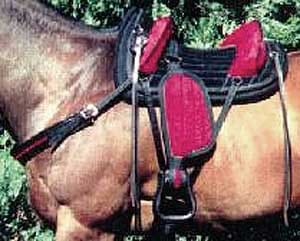
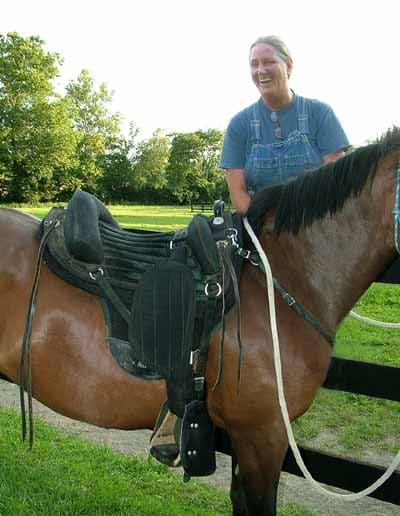
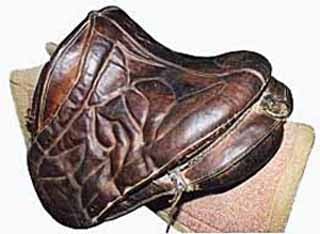
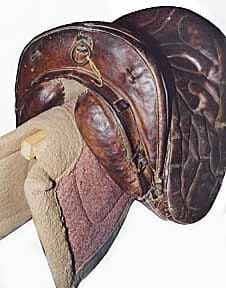
An old Bardella saddle, the basis of Torsion design
Country
Web site
USA
www.gotreeless.com
Sweden
www.torsion.se
Denmark
www.mustang.dk
UK
www.torsionsaddles.co.uk
Germany
www.hufkratzer.de
Germany
www.torsion-shop-kaiser.de
Austria
www.torsion-austria.com
Canada
www.torsion-canada.com
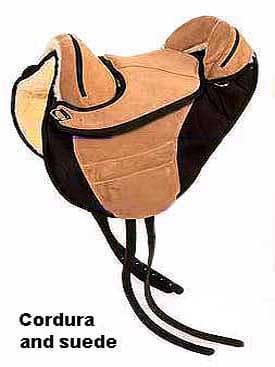
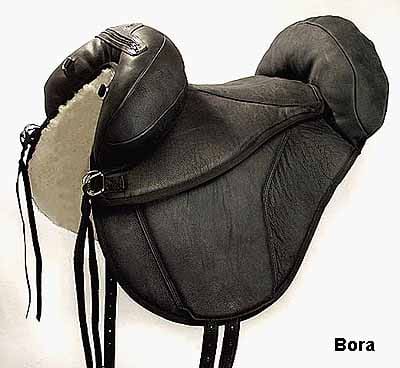
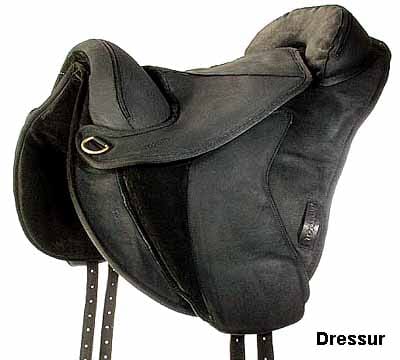


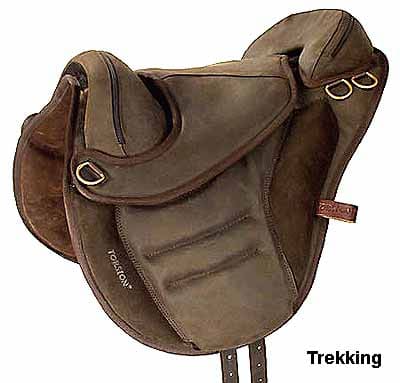
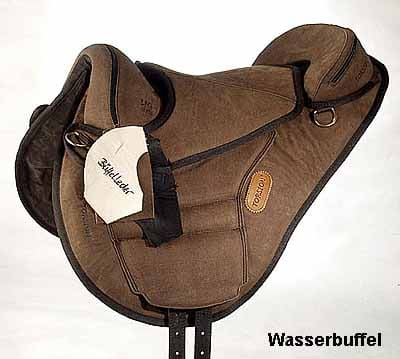
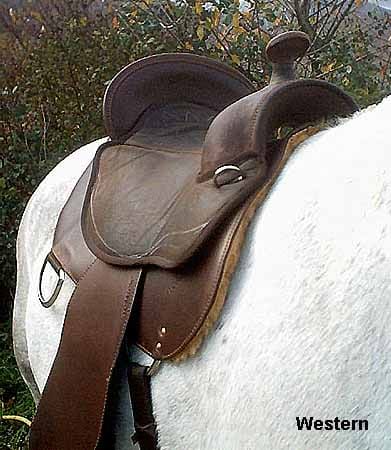
Suede and cordura model, dressage billets, 600 Eurodollars
Bora deep seat, 972 Eurodollars
Dressur, 900 Eurodollars
Endurance, 908 Eurodollars
Standard nubuk, 758 Eurodollars
Trekking, 948 Eurodollars
Wasserbffel, leather lined, 1060 Eurodollars
Western, from www.gotreeless.com site
(Prices on December 31, 2003)
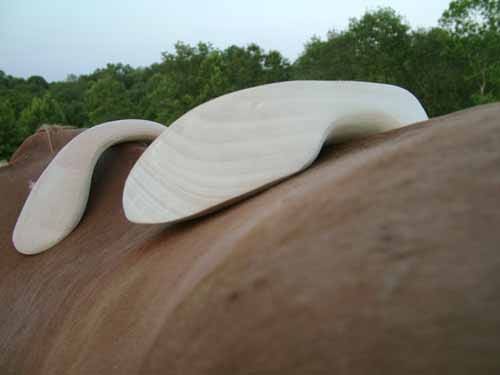
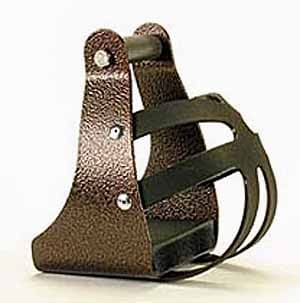
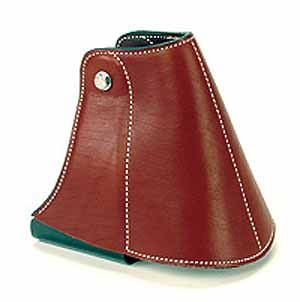
(Located in Pitt Meadow, B C, Ph. 604-460-0911, Fax 460-0918 saddlery@telus.net) Some of their saddles are treeless; others are partial trees.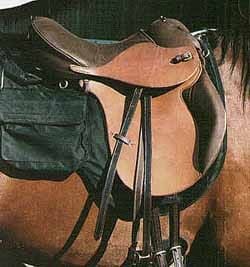
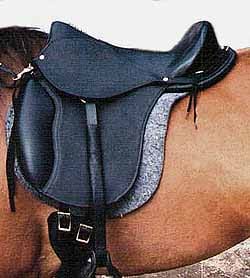
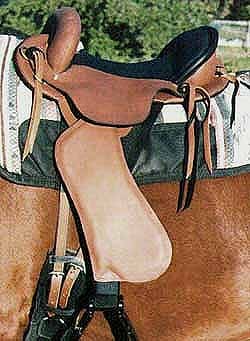
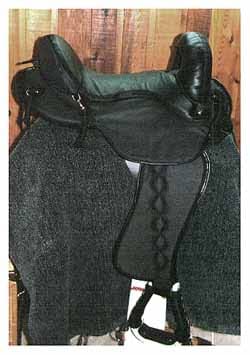
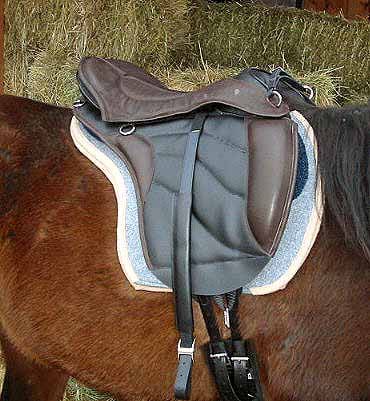
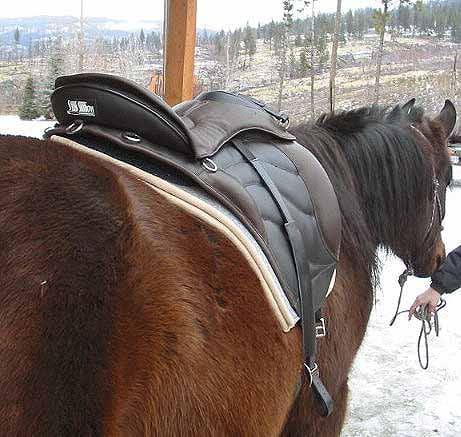
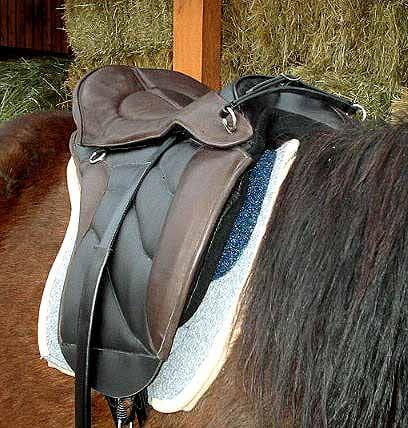
More info: http://www.enlightenedequitation.com./public/saddles_freedom.html 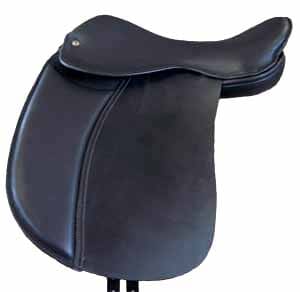
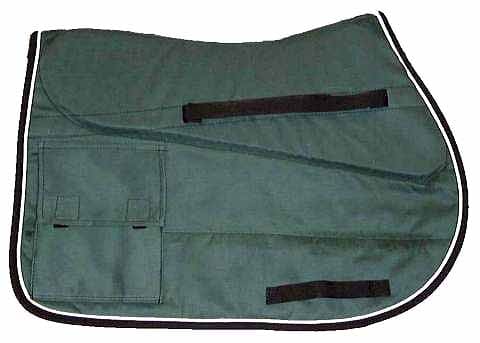
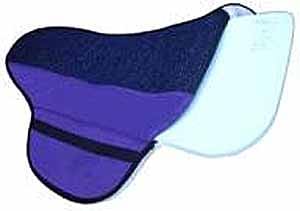
Skito trail pad--one of many styles and colors available,
and Skito pad for Sportsaddle, with shim partially removed.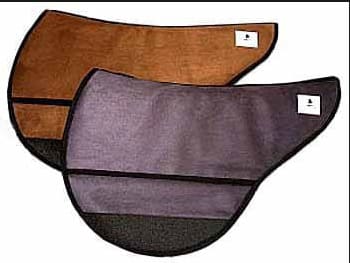
Medi-Cheval pads, available with
a number of different shims.
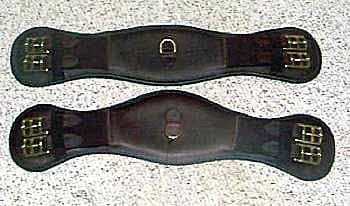
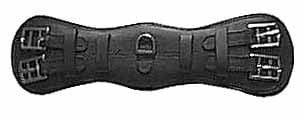
Torsion girths (for dressage billets), elastic ends
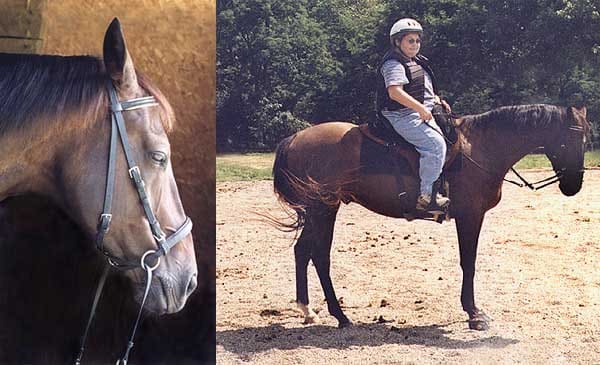
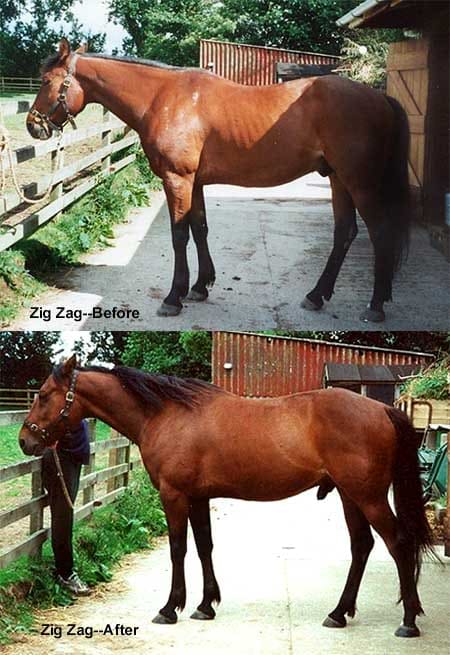
(Photo, Jane Harbidge)
fastest downloads:
1 9 17
2 10 18
3 11 19
4 12 20
5 13 21
6 14 22
7 15 23
8 16 24
NAVICULAR
1 9 17
2 10 18
3 11 19
4 12 20
5 13 21
6 14 22
7 15 23
8 16 24
NAVICULARfaster downloads
To Strasser case studies--large photos
Share Barefoot success stories on this page
Buy or sell used HORSE BOOTS Natural board Barn Listings
Click here to subscribe to naturalhorsetrim
(I moderate this listserv to weed out "fluff.")